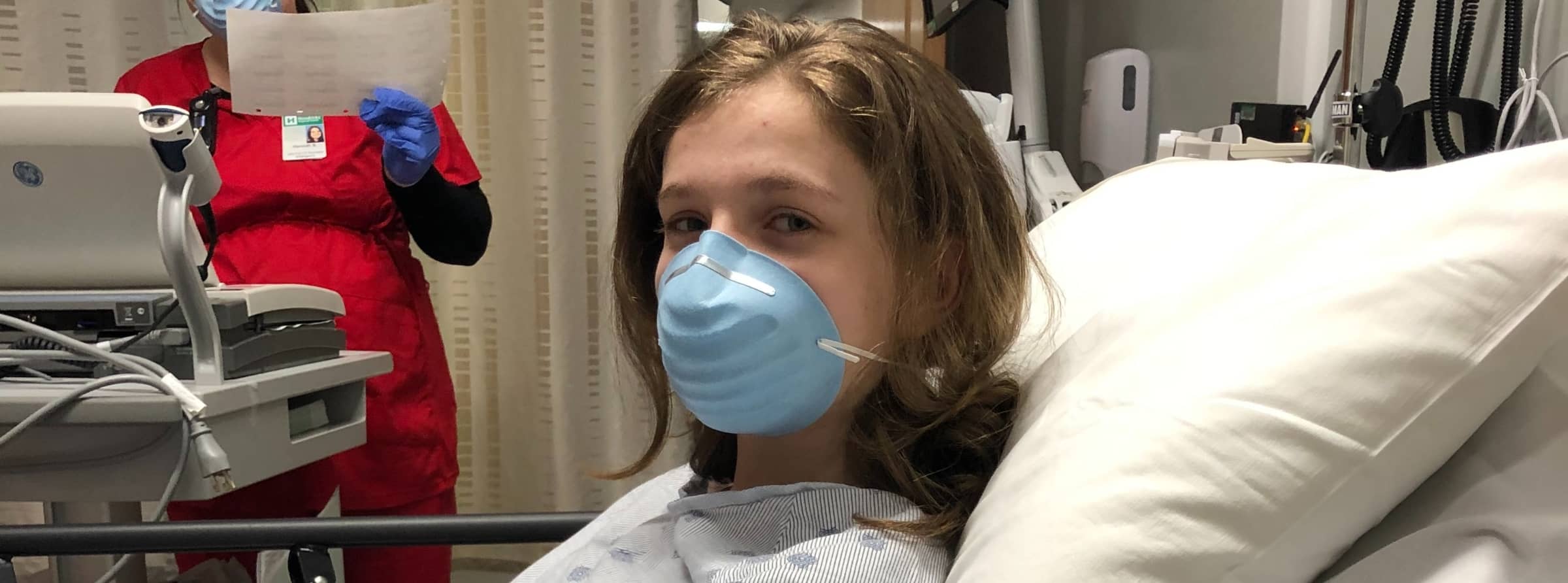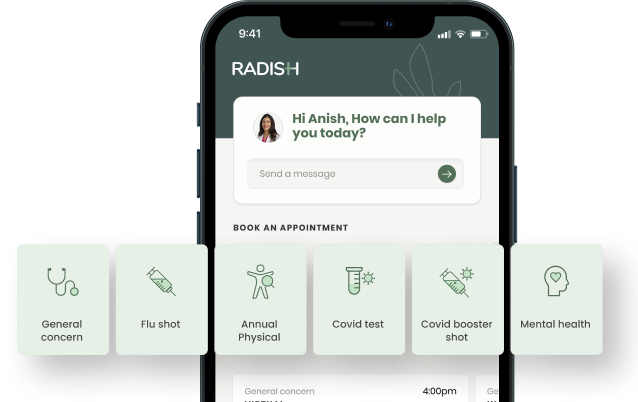Where to Seek Help: Stomach Pain

Dr. Jason Sellers
Stomach pain is one of the most common complaints at the Emergency Department (ED), accounting for almost 10% of all visits. But is the ED always the right place to go first?

It can be difficult to decide where to go when you’re suffering with painful stomach cramps or heading to the bathroom every half hour. Sometimes the first thought is to head over to your local hospital ED, but it can be helpful to know what’s in store before you decide. Spoiler alert: it’s usually best to start with your primary care doctor.
A Visit to the Emergency Department
The ED can be hit or miss – on a good day, you’ll arrive, there will be no one in the waiting room, and you’ll be in and out in a few hours. But on a bad day, you may be waiting for hours behind other people with serious conditions such as heart attacks and strokes. For stomach pain, usually you will get some blood work, IV fluids or over the counter medication, and maybe an x-ray. And most of the time (~85%) you will be sent home and the pain will go away on its own.
At the ED, the cost is high in both time and money: average time spent in the ED is about 3-4 hours, not including the average wait time of 1-2 hours. The average cost is upwards of $1500-2000, and can be several hundred dollars copay even with insurance.
A Visit to Urgent Care
For most cases of abdominal pain in otherwise young and healthy patients, urgent care is probably a better first stop. There may be a wait, but usually less so than at the ED. Serious causes can usually be ruled out giving you peace of mind, and urgent care tends to have extended hours. The downside: you usually don’t know who you are seeing, and options are limited if you have questions after you leave.
A Visit to Your Primary Care Office
If you’re able to get a same day sick appointment with your physician, this is usually the best place to start. Your physician knows you best – and your doctor may be better able to provide reassurance based on the situation and your medical history. If you do have risk factors or if your doctor deems that your symptoms are more concerning, he or she can send you to a higher level of care if necessary, such as the ED. You also have a place to turn to if you have questions after you leave or if your symptoms get worse.
So What Should I Do?
The take home here is that it’s usually best to start with your PCP. In many cases this may save you a trip to urgent care or the ED, and when your abdominal pain improves over the next few hours or days you’ll be glad you saved the time and money.
At Radish, your PCP is available with just the click of a button. Schedule an appointment if you have an immediate concern to get connected with your doctor now.
Request a Free Demo
Learn how Radish Health can help you improve employee health and save on healthcare.
Request a Demo